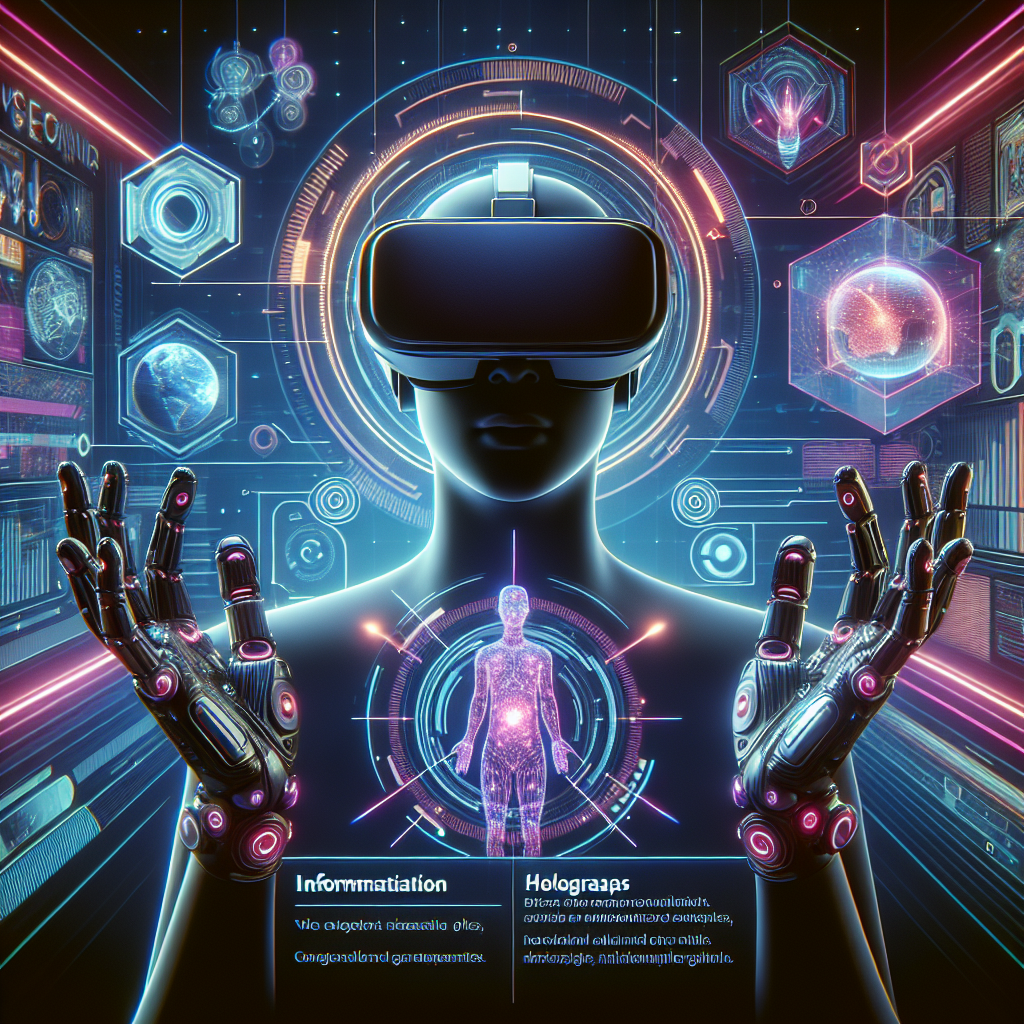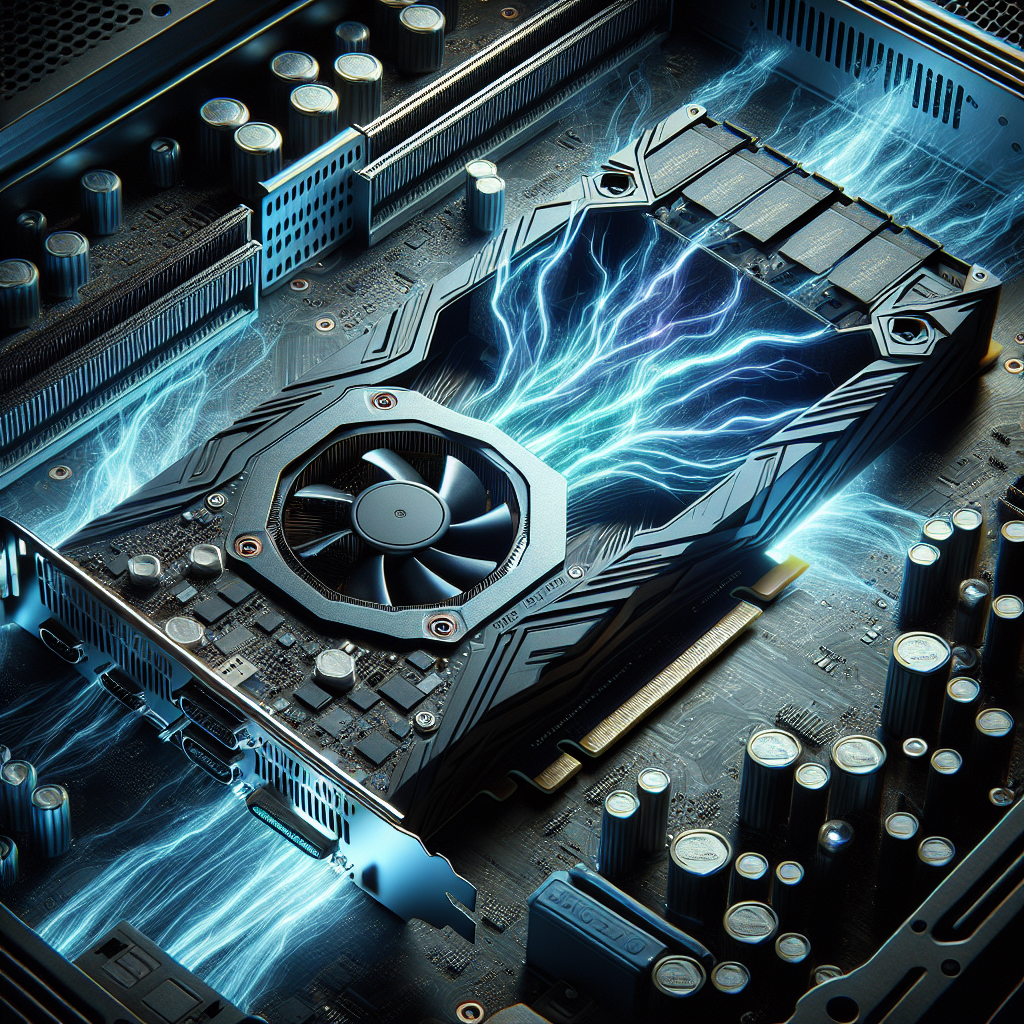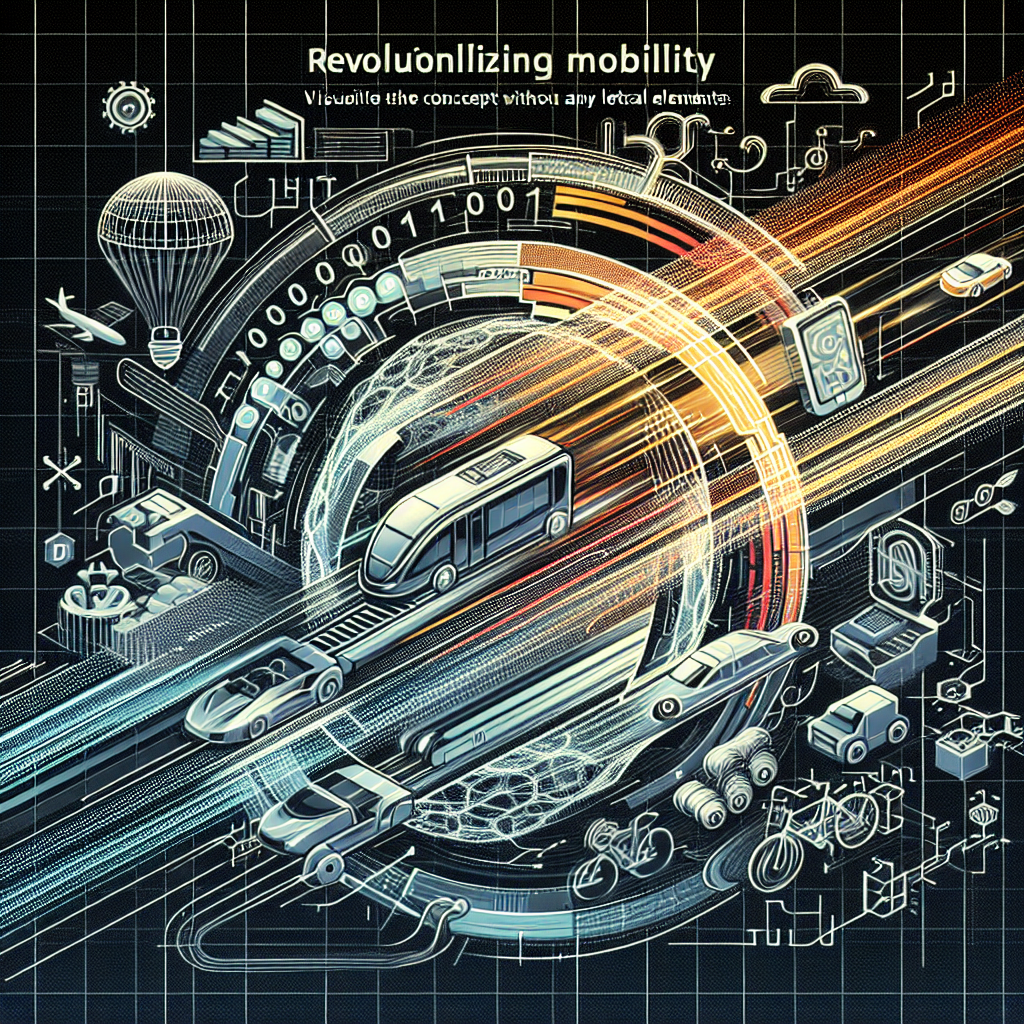Virtual reality (VR) technology has come a long way since its inception, and it continues to evolve at a rapid pace. From gaming to healthcare, education to entertainment, VR has the potential to revolutionize how we interact with the world around us. In this article, we will explore some of the latest innovations in virtual reality and take a look at where the future of this technology is headed.
One of the most exciting developments in VR is the advancement of haptic feedback technology. Haptic feedback allows users to feel physical sensations in a virtual environment, adding a whole new dimension to the immersive experience. Companies like HaptX are developing gloves that provide realistic touch sensations, allowing users to feel the texture, weight, and shape of virtual objects. This technology has the potential to revolutionize industries like training and simulation, where the ability to interact with virtual objects in a realistic way is essential.
Another area of innovation in VR is the development of eye-tracking technology. Eye-tracking allows VR systems to accurately track where a user is looking, enabling more realistic interactions and experiences. Companies like Tobii are leading the way in this field, creating VR headsets with built-in eye-tracking capabilities. This technology has the potential to improve the efficiency of VR applications, as well as enhance the overall user experience.
In addition to haptic feedback and eye-tracking, advancements in VR display technology are also driving the future of virtual reality. Companies like Varjo are developing high-resolution VR headsets that provide an incredibly sharp and detailed visual experience. These headsets use foveated rendering technology to focus the highest resolution on the area where the user is looking, resulting in a more realistic and immersive experience. As display technology continues to improve, VR headsets will become even more lifelike and convincing.
Beyond hardware advancements, the software side of virtual reality is also evolving rapidly. Artificial intelligence and machine learning are being integrated into VR applications to create more realistic and interactive experiences. For example, AI-powered avatars can provide more natural interactions with users, while machine learning algorithms can personalize content based on user preferences and behavior. These innovations are making VR experiences more engaging and personalized, leading to a more immersive and enjoyable user experience.
Overall, the future of virtual reality is bright, with endless possibilities for innovation and growth. As technology continues to advance, VR will become even more integrated into our daily lives, transforming how we work, play, and communicate. From haptic feedback to eye-tracking, high-resolution displays to AI-powered interactions, the latest innovations in VR are shaping the future of this exciting technology. It’s an exciting time to be a part of the virtual reality revolution, and the possibilities are truly endless.









